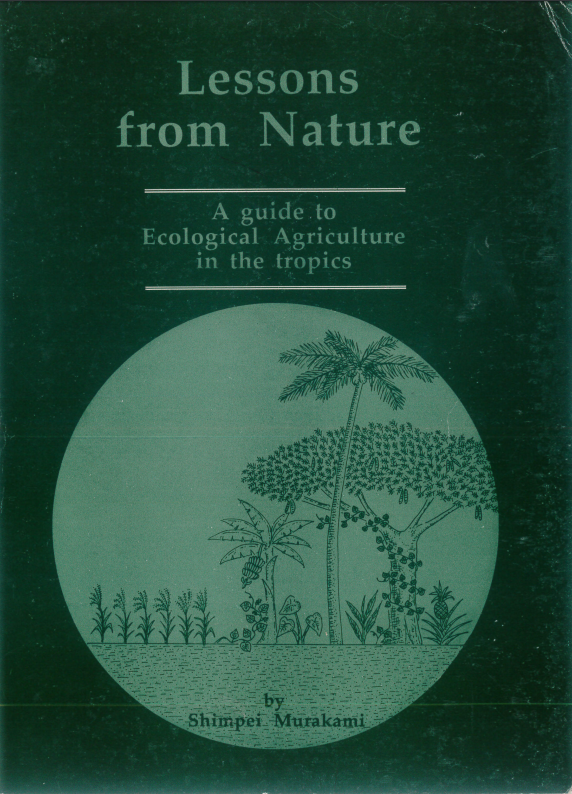Le système d'information du territoire agricole (ALIS) Egypte
L'objectif du Project entreprise par 1GN et ses partenaires est ainsi de produire mettre à jour régulièrement un inventaire du territoire agricole de l’Egypte dans le but d’améliorer sa gestion et de la, le potentiel agricole de nations et dans un cadre plus général de favoriser le développement agricole.




